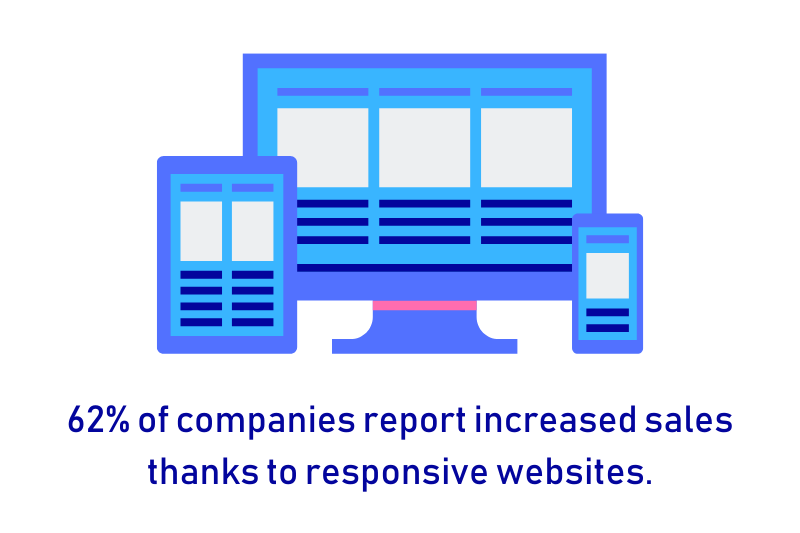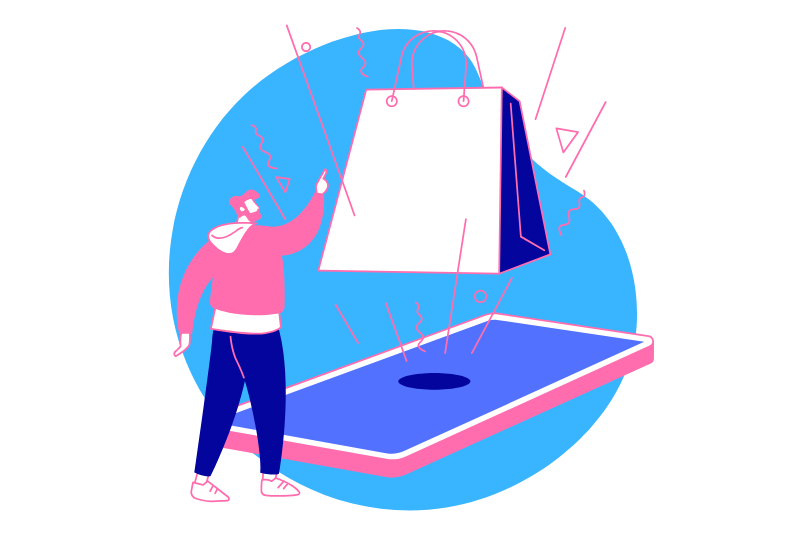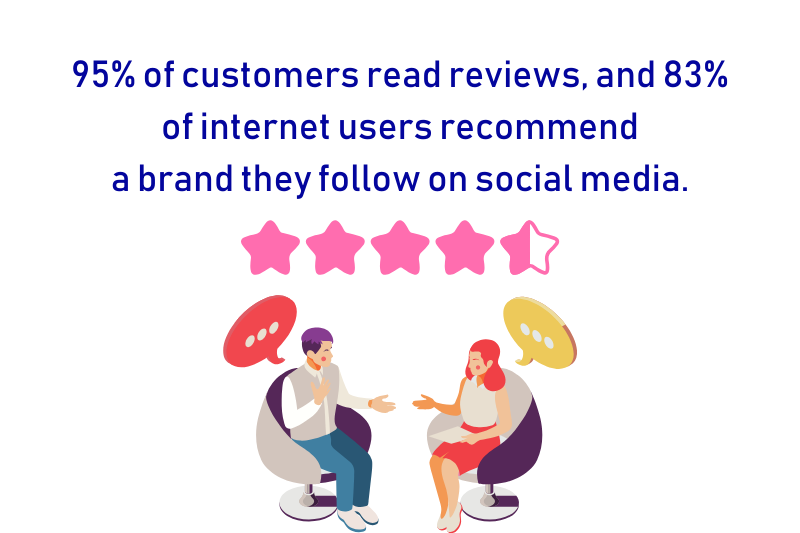Are you the owner or manager of an e-commerce shop and want to increase your sales and conversions? The Dotinum.com team has been supporting the success of major e-commerce companies for over 20 years by optimising shops and developing sales systems. Our commitment translates into building customer trust and positively impacts their shopping experience.
During the Christmas period, more than ever, a well-organised shop is essential for success in the online world. We’ve compiled a short guide outlining 10 best practices for maximising conversions on any e-commerce site. It will certainly help you to optimise the shopping process and increase customer satisfaction.
Key elements of e-commerce optimisation
For modern e-commerce, the small details matter a great deal. Friendly navigation, clear images and easy communication are not only key elements to encourage purchases, but also ways to build long-term relationships with customers. By offering a consistent shopping experience, from the first click-through to the completion of the transaction, we create a space where everyone feels valued and safe when making purchasing decisions. Find out what you should particularly look out for when trying to increase conversions:
1. Ensure proper security
Active use of a reputable brand of SSL certificates is a tested way to increase consumer trust at every stage of their online journey. The years 2018–2023 have brought us standardisation when it comes to SSL certificates. Internet users, and by extension, your customers, are increasingly aware when it comes to cyber security. Checking the security of the websites where they want to make purchases is a priority for them. Building trust based on security, is and will continue to be one of the main ways to maximise your conversions.
2. Increase website loading speed
A slow-loading website causes a single thing: your potential customer leaves it immediately. Even a small reduction in loading time can make a significant difference in increasing your conversions. When delivering online shops to our customers, we pay attention to two aspects:
- the website loading speed (and therefore optimally developed software),
- the server on which the shop is hosted.
There are several ways to increase the speed of your website. Starting with the basics, that is by choosing good quality hosting. Often, simply changing your hosting plan will make a significant difference in speeding up your website loading.
The next step is to optimise your shop software so that you make changes that directly affect the fast loading of your shop. By using our team, you will make beneficial changes to your shop and receive tips for further optimisation.
3. Reply responsively
Responsive website design is all about adapting the website flexibly to the size of the user’s display, ensuring functionality and aesthetics on different devices. It’s a must-have for your shop (or app). Based on the BusinessDIT website, we see that responsive designs lead to an 11% higher conversion rate, with 62% of businesses reporting an increase in sales due to responsive websites. In contrast, 73% of web designers believe that the lack of this facility is the main reason why visitors leave the site. These are signals that underline the need for responsive design to keep customers in the shop.
In 2021, 55.4% of internet users will use their mobile phones to shop online. This statistic underlines how important it has become for e-commerce to adapt to the needs of mobile users. As mobile technology becomes more ubiquitous, this figure is likely to grow as more and more people rely on their mobile devices to browse and shop online. Remember that one in two users is your potential customer. Make your website mobile-friendly

4. Attach your brand logo to your e-mails
In our blog, we very often remind about secure correspondence. Taking care of a secure connection, a strong password or protection against phishing messages are important elements of building trust with your customers. Another element securing the use of e-mail is the VMC (Verified Mark Certificate). The VMC certificate confirms that you are the owner of the logo displayed in your e-mail box next to the sender information in e-mails.
The VMC certificate is a new method for indirectly increasing conversions. By including your brand logo in your email campaigns, customers will recognise emails from your company. The VMC certificate significantly influences the open rate of your emails and the engagement of your recipients. This has an impact on conversions and the profitability of your business.
5. Image quality
The main cause of losing the majority of conversions is poor quality images, not suitable for the screen on which the customer is viewing them. Customers often cannot physically touch or see products, so detailed and realistic images help to compensate for this barrier. Offering multiple images from different perspectives and the ability to zoom in on details further boosts confidence in the product and can drive users to finalise a purchase.
Having high-quality images is a key aspect of a successful e-commerce business. Combined with a fast-loading website, you have a ready-made recipe for big sales. Focus on taking good-quality images, make sure they are presented properly and see your conversions increase.

6. Focus on high-quality content
Your customers often require a lot of information to make a purchasing decision. They check descriptions, and reviews, read articles, and watch videos. If you hold all these types of content and can provide them to your customers – the problem is solved. Presumably the customer at some stage of the sales funnel will take up your offer and buy your product or service.
In most cases, however, the problem for many e-commerce sites is to show only a picture and a short description. How to solve it?
Prepare good quality content: descriptions that include all the necessary information, and content that answers the question of how your product solves your customers’ problems and answers their needs. Prepare videos, and social media posts and take care to collect feedback from previous customers. A good understanding of your audience is the basis of decent content. Placed on a well-designed page, it will help you increase sales.
7. Check your shopping cart
Are customers putting products in their shopping cart for some reason but never completing it? There could be many reasons: too expensive shipping, a discount code that doesn’t work, having to re-enter data or a page reloading when a customer puts something in the shopping cart.
Simplify the shopping cart as much as possible. Allow customers to log in and buy with one click. Keep in mind that dividing the shopping cart into multiple steps means you allow the customer to deliberate at each step. Bringing the shopping cart down to a single page, where the customer selects payment and delivery methods and has the option to use a discount code and login, means they make a decision faster. Do you need help developing your shopping cart?
8. Provide reviews
Perhaps you are familiar with the saying: fine feathers make fine birds. And this applies to reviews of your online shop as well. Almost every customer will read reviews when purchasing from a shop they have not previously encountered. As Sprout Social writes, 95% of customers read reviews and 83% of internet users recommend a brand they follow on social media.
What can you do to ensure that customers are driven by reviews? Provide them on your website or social media. You can choose from different forms:
- Case studies are a great way of storytelling your potential customer from problem to solution with the help of your product or service. You can successfully place a case study on your blog or in a dedicated section.
- Testimonials, i.e. signed reviews given by name by your customers. Publish them on your website and use them occasionally in social media or newsletters. Testimonials are a simple way of convincing customers of the quality of your services.
- User-generated content is content (photos or video) produced by your customers with opinions about your products or services. Encourage your customers to create such content. All they have to do is tag your profile or use a dedicated hashtag. This way you will be able to find and share them
When writing back and responding to reviews, be mindful of both the positive and the negative ones. Many businesses make the mistake of having a strategy in place to respond only to bad feedback, leaving the good ones unaddressed. Every review, and your response to it, works in your favour and is part of increasing conversions.

9. Call to action
A CTA (Call To Action) is a short text that prompts the user to act. It usually comes in the form of a button, e.g. Add to cart or Subscribe to newsletter.
How to write a good call to action? When writing a CTA, focus on a short and concise form. The optimum length is between two and five words. Remember to eliminate unnecessary words, revise and rehearse until you get to the essence of the message. Boosting sales with the right texts is not easy, so keep trying. Mix different words and quantities of words. New combinations lead to new solutions.
Research shows that what increases your sales of your services and products is the colour red combined with a short CTA. Although red is a winner, remember that the button colour should also be part of your corporate identity. If your identity includes red – use it. Remember that effective calls to action are those that are consistent with your brand. What’s the quickest way to check if a CTA is visible? Step away from your computer and squint – that way you’ll know if the button pops or needs to be improved.
10. Take care of the most important aspects of your shop
When operating an online shop, remember to keep the most important thing in mind: the customer experience. This is composed of seemingly invisible elements that hugely influence the choice of your shop. 58% of customers report that they are willing to pay more for a product or service when they can provide themselves with a better shopping experience.
Think about how your customer navigates your website to find the right products. Consider whether they look at reviews and the variety of information available on product pages and blogs before making a purchase. Also, give some thought to how you can make it easier for him or her to make the right choice. Remember that even the smallest modifications can make a significant difference to a positive customer experience, for example:
- – Analyse the shopping path. Making it easy for customers to navigate your shop intuitively will contribute to a more efficient and enjoyable shopping experience, resulting in higher conversions.
- – Provide customers with the ability to add products to their basket directly from the checkout, eliminating the need to use the Back button. Offer a variety of payment methods and consider introducing an option to purchase without registering.
- – When a product needs to be returned, providing a simple and convenient returns process can significantly affect your brand’s perception. Try to make the return process as easy as the purchase process.
- – Always ensure that your customers have access to help when they need it. Investing in chatbots to answer common questions and developing an effective customer service strategy for your shop can increase sales dramatically.
Customer in the centre
As you increase conversions and work to increase sales, remember about the customer. After all, it is for them that you prepare a responsive version of your website, provide high-quality images or simplify the purchasing process.
A customer who can experience personalised service and surprising experiences is a business card and an ambassador. Take care of each customer who visits your shop to watch your conversions rise.